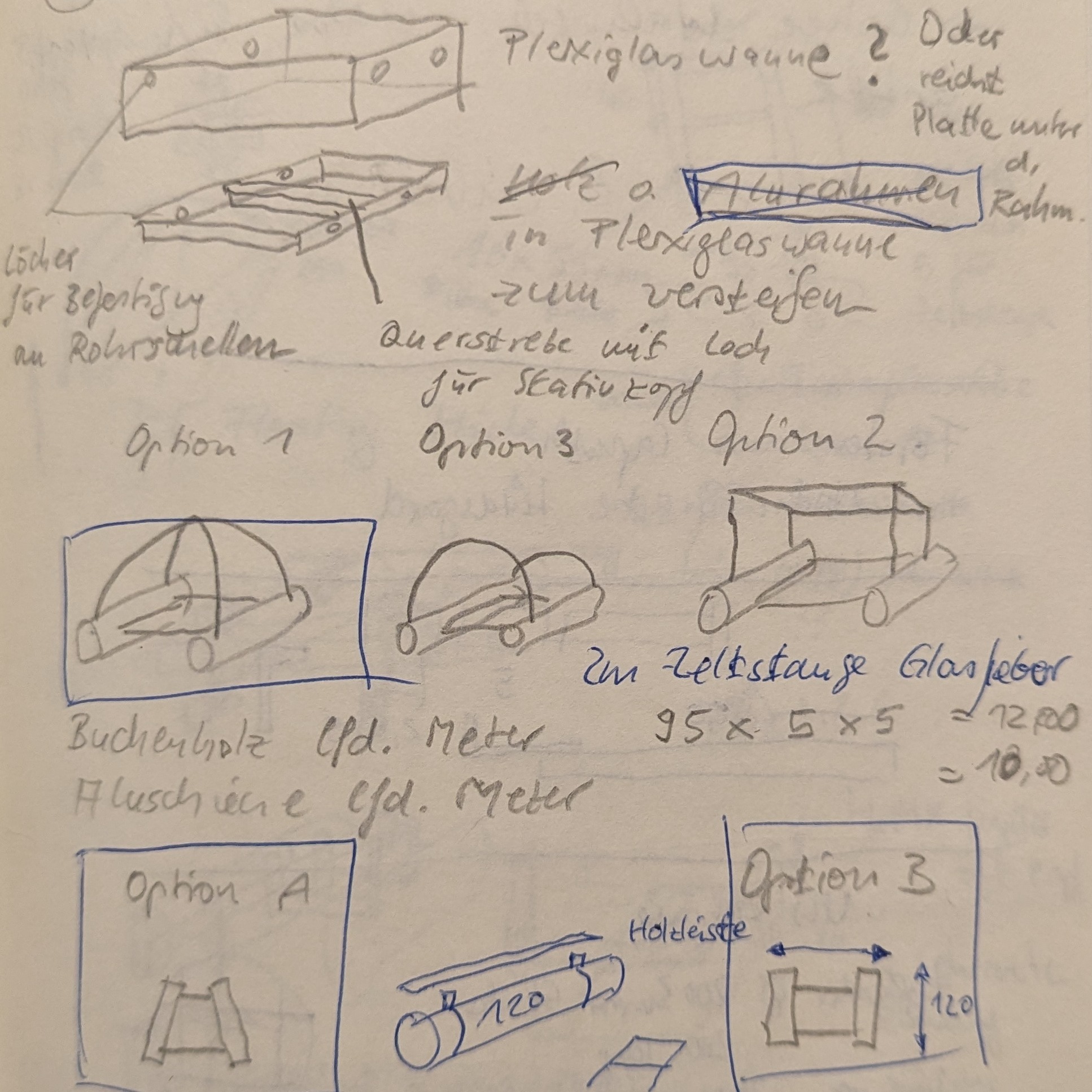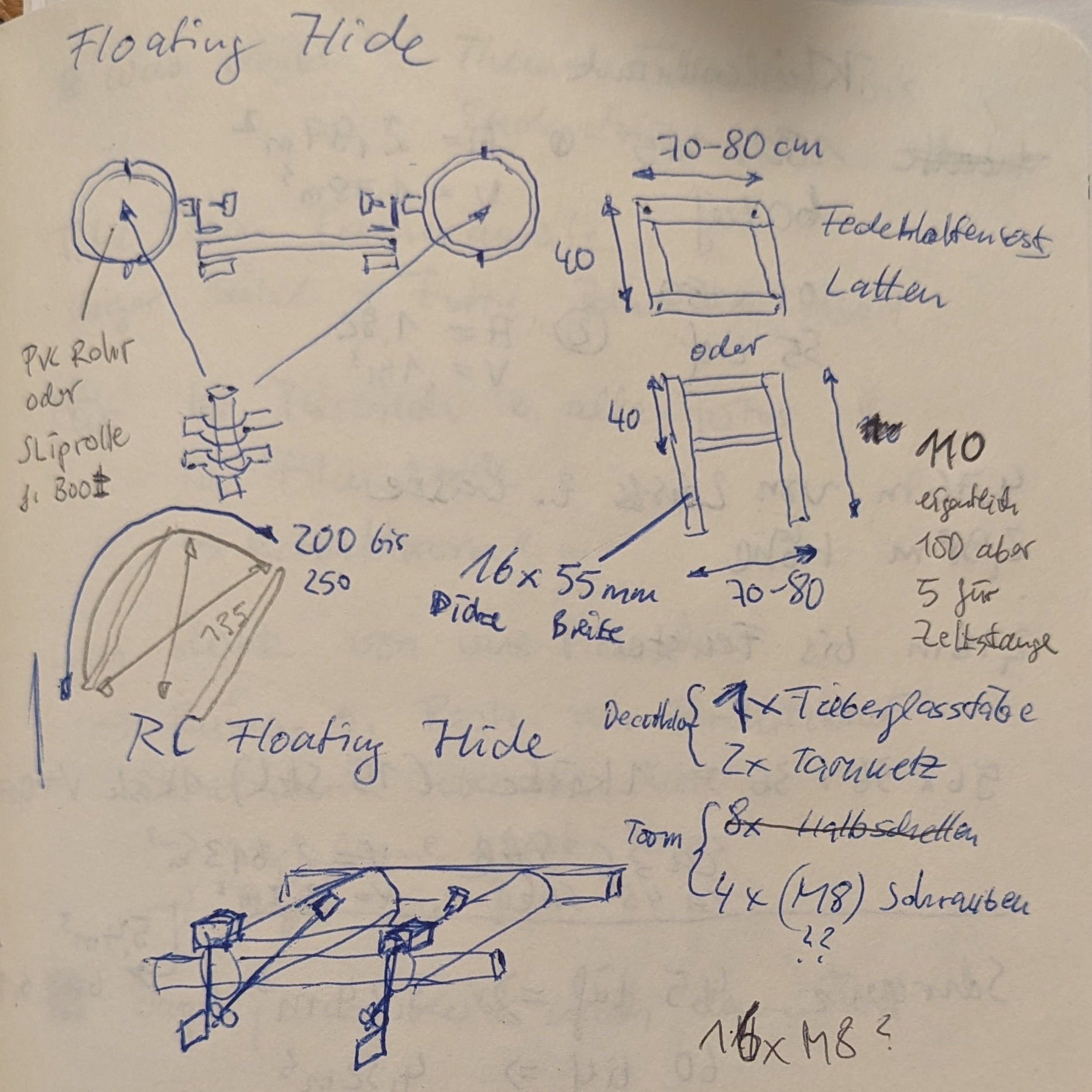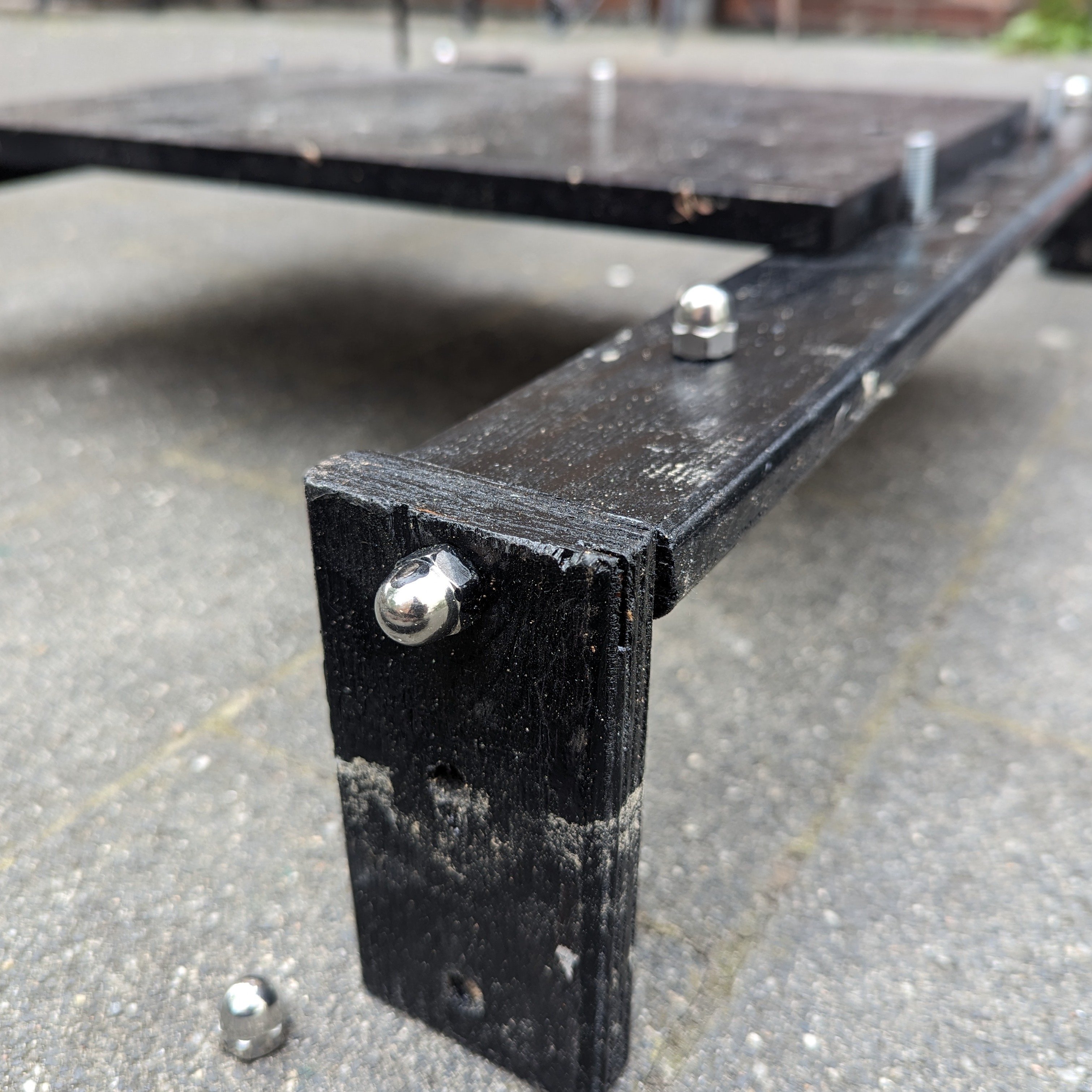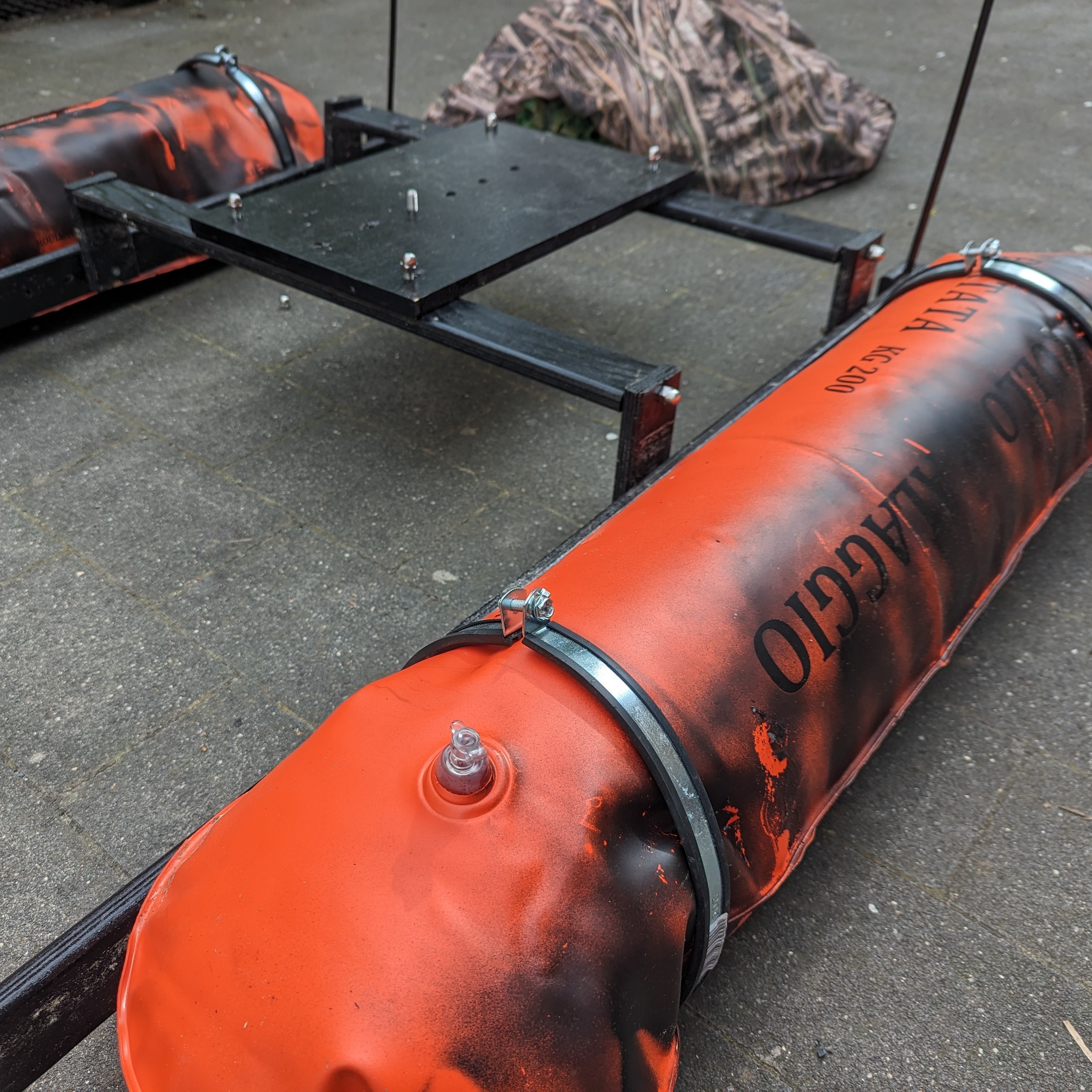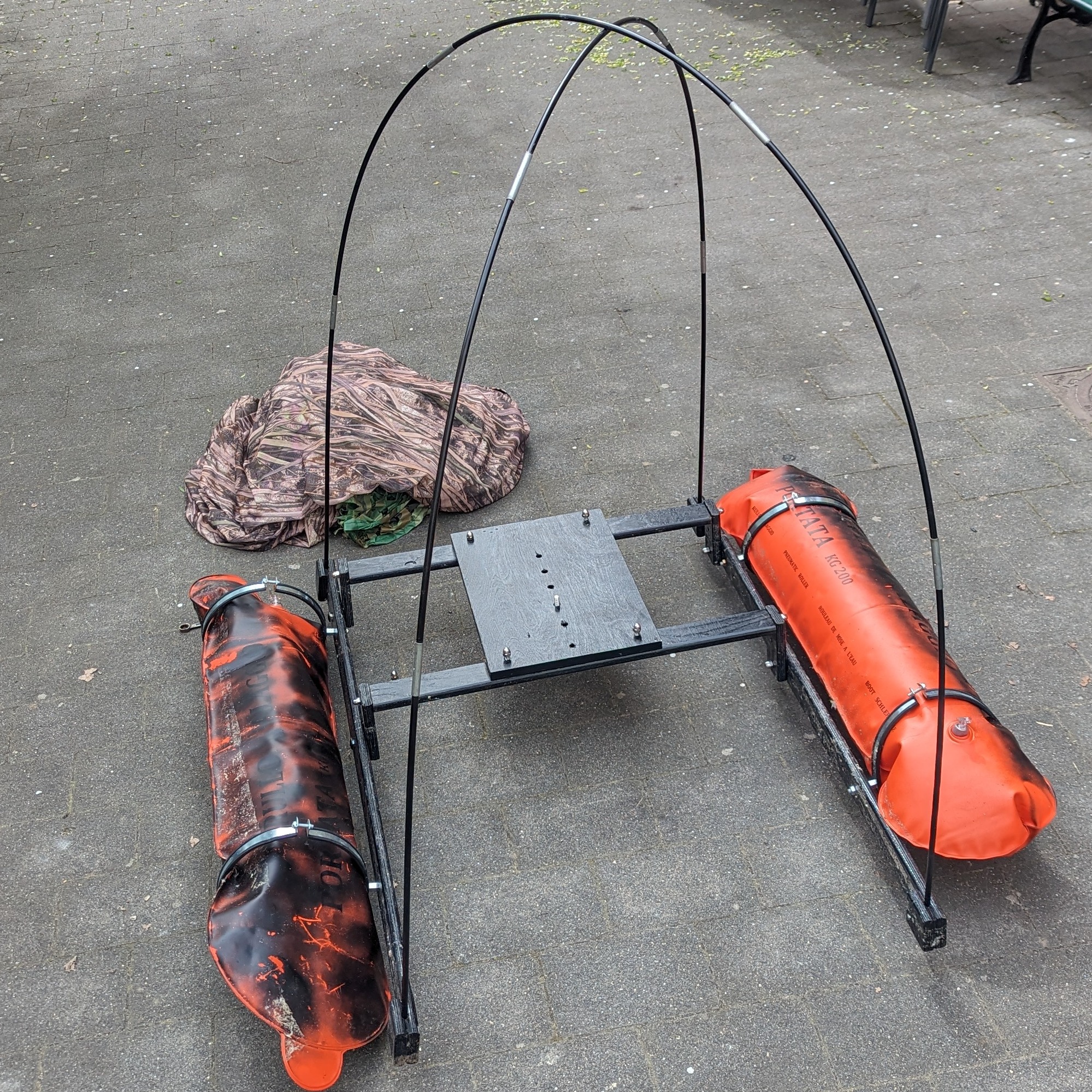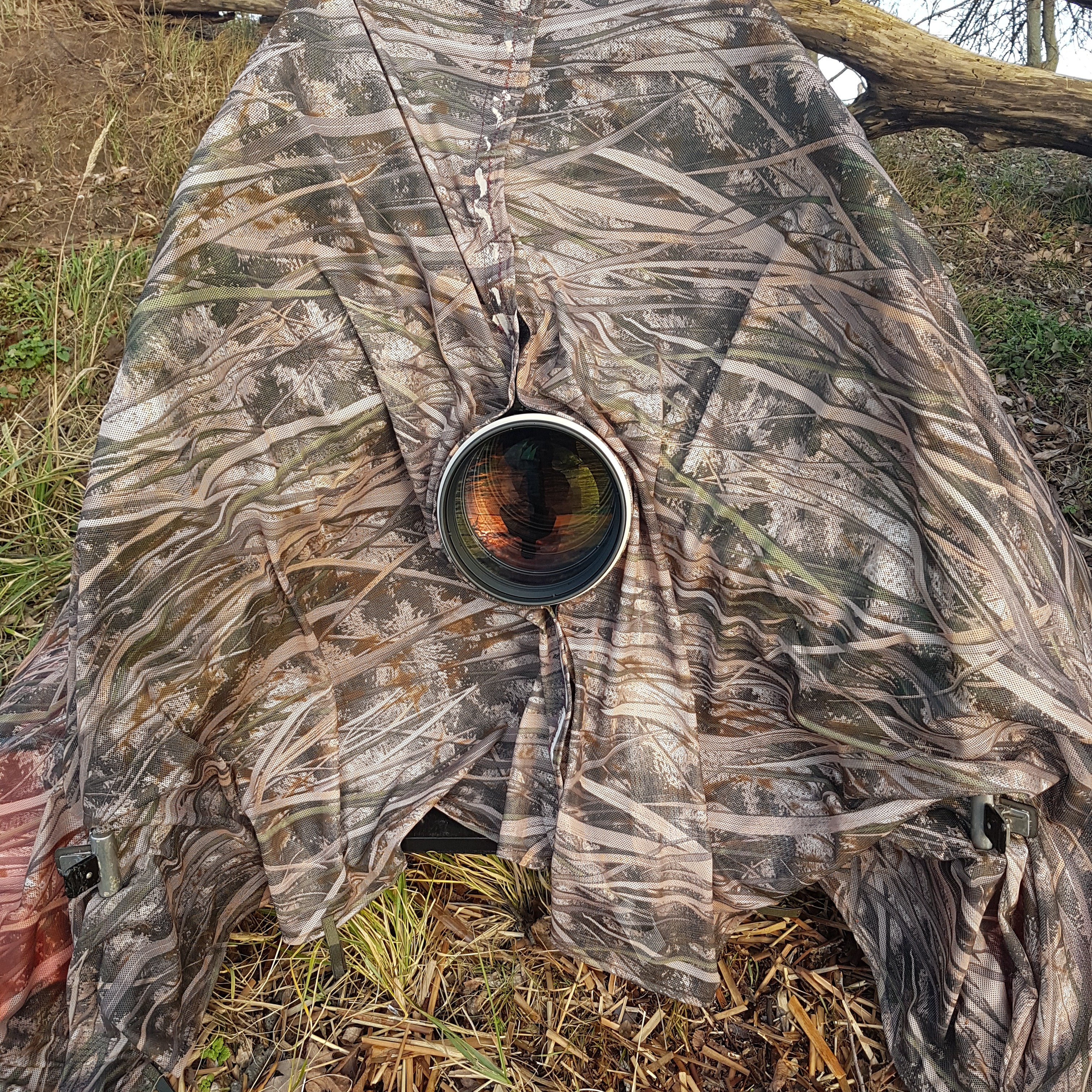
My floating hide
Floating hide
Do it yourself - my building instructions for a floating hide.
A "floating hide" is a mobile camouflage used in wildlife photography, especially when photographing waterfowl or animals in bodies of water. Here is some information about it:
The Floating Hide is used to allow photographers to photograph animals at close range while floating unobtrusively on water surfaces without disturbing them.
The hide is often camouflaged to blend in with its surroundings and be less noticeable to animals.
The ability to float the hide allows the photographer to move quietly and undisturbed on the water to get unique perspectives.
Floating Hides are particularly useful for waterfowl or shy animals as they allow photographers to get at eye level with the animal without spooking it.
Using a floating hide often requires patience and a certain amount of skill, but offers unique opportunities to authentically photograph animals in their natural environment.
One simple principle in wildlife photography is to photograph the animal at eye level. Another principle in wildlife photography is to camouflage the photographer and camera. If both principles are taken into account, this inevitably leads to a floating camouflage tent with a low opening for the lens, a floating hide. There are some manufacturers who offer a floating hide for sale. This was out of the question for me. I love the challenge of building something of my own that is tailored to my needs. I wanted my floating hide to be inexpensive, made from commercially available components, quick and easy to assemble and easy to transport when disassembled. If you search the internet for instructions on how to build a floating hide, you will quickly find a large number of websites that offer very detailed instructions. For example, the pages of Wanda and Michal Narozni or the pages of Daniel van Duinkerken and Albert Stoecker.
